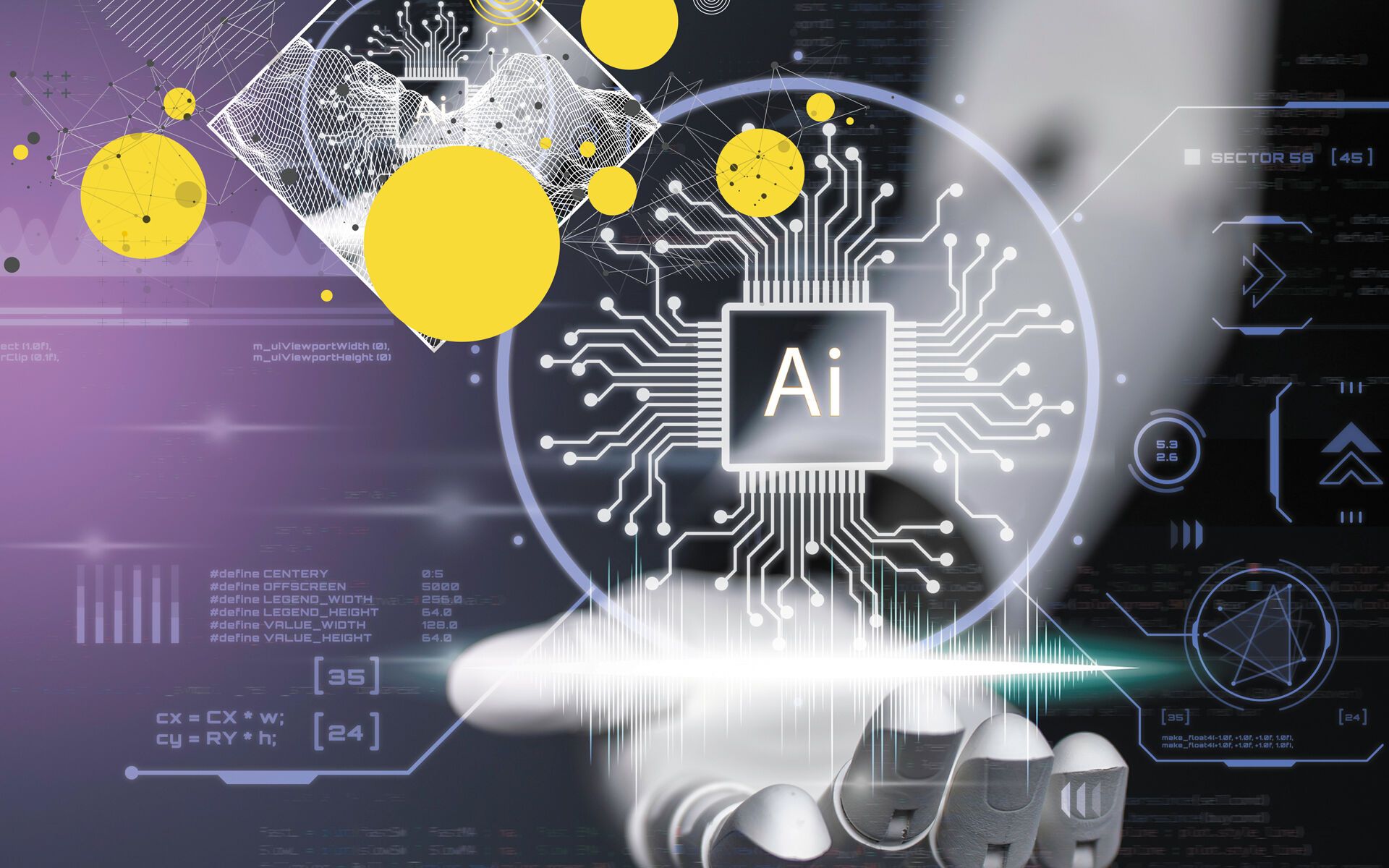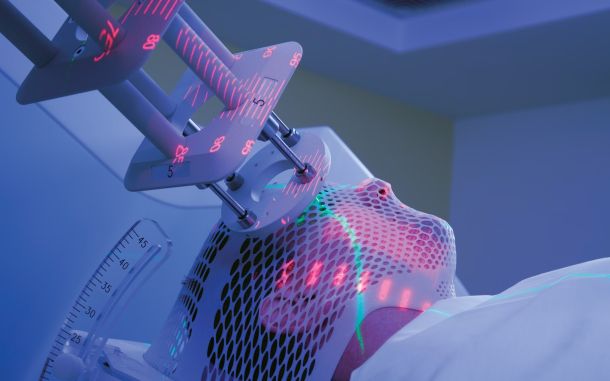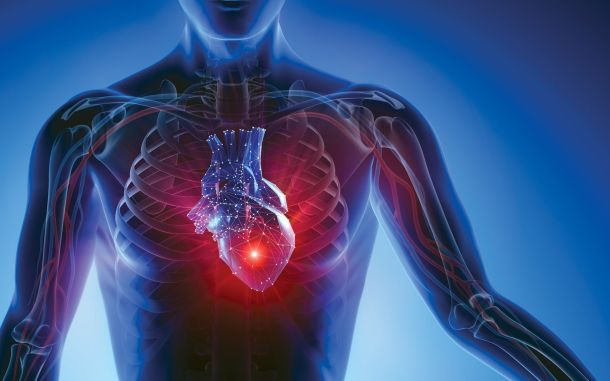Science Square (Issue 158)

In This Article
-
A mysterious object discovered in the Milky Way
-
Dietary restriction slows brain aging and extends lifespan
-
Unraveling Human Memory and Imagination Using Generative AI
A mysterious object discovered in the Milky Way
Barr DE et al. A pulsar in a binary with a compact object in the mass gap between neutron stars and black holes. Science, January 2024.
Astronomers using the MeerKAT Radio Telescope have made a groundbreaking discovery in the Milky Way—a mysterious object with a mass greater than the heaviest neutron star yet lighter than the smallest black hole. The object, identified near a rapidly spinning neutron star or millisecond pulsar called PSR J0514-4002E, was found within a dense globular cluster of stars about 40,000 light-years away. The MeerKAT, equipped with 64 antennas in South Africa, detected the dense stellar remnant. If the companion was a black hole, it would have formed a coveted radio pulsar-black hole binary system, offering a unique opportunity to test Einstein's theory of gravity. The pulsar, rotating at an astonishing 170 times per second, was observed through faint radio waves. Changes in its regular pulses revealed an orbiting object with incredible density, likely the remnant of a massive collapsed star. The pulsar and the mystery object orbit each other every seven Earth days at a distance of 5 million miles, falling within the black hole mass gap. Neutron stars and black holes are born when massive stars exhaust their nuclear fusion fuel. The collapse of the star's core leads to the formation of neutron stars or black holes. The newly discovered object challenges the existing understanding of the black hole mass gap, as it has more mass than any known neutron star but less than any known black hole.
The researchers propose that the object may have been created through a collision between two neutron stars in the crowded globular cluster NGC 1851. However, the nature of the companion—whether it's a neutron star, black hole, or a previously unidentified cosmic object—remains unknown. The newly discovered system serves as a unique cosmic laboratory, offering insights into extreme conditions and promising a turning point in our understanding of neutron stars, black holes, and the enigmatic black hole mass gap. This discovery opens new avenues for studying the behavior of matter and physics in the universe's most extreme environments.
Dietary restriction slows brain aging and extends lifespan
Wilson KA et al. OXR1 maintains the retromer to delay brain aging under dietary restriction. Nature Communications, January 2024.
Scientists have discovered a crucial link between caloric restriction and healthy brain aging, shedding light on the mechanisms behind the positive effects of limiting calorie intake on lifespan and brain health. While dietary restriction is known to enhance health and longevity, its impact on the brain has been less understood until now. This new study identifies the OXR1 gene as essential for the lifespan extension associated with dietary restriction and for promoting healthy brain aging. The study, conducted in fruit flies and human cells, unveils a detailed cellular mechanism through which caloric restriction can delay aging and slow the progression of neurodegenerative diseases. The team found that the OXR1 gene generates a neuron-specific response that mediates the neuroprotection observed with dietary restriction. Strategies like intermittent fasting or caloric restriction, which limit nutrients, may boost levels of the OXR1 gene, thus exerting protective effects on the brain. OXR1 protects cells from oxidative damage, and its loss in humans leads to severe neurological defects and premature death. The research delved further into the retromer, a protein complex crucial for recycling proteins and lipids in cells. OXR1 was found to influence the retromer, preserving its function and playing a key role in protecting neurons during dietary restriction. Dysfunction in the retromer has been linked to age-related neurodegenerative diseases such as Alzheimer’s and Parkinson’s. By understanding the connection between OXR1, dietary restriction, and brain health, the study provides insights into why individuals respond differently to diets and opens avenues for potential therapeutic targets to slow aging and age-related neurodegenerative diseases. Overall, the findings suggest that a healthy diet has a profound impact on various bodily processes, supporting efforts to follow dietary practices that positively influence overall health and longevity.
Unraveling Human Memory and Imagination Using Generative AI
Spens and Burgess. A generative model of memory construction and consolidation. Nature Human Behavior, January 2024.
Human memory plays critical roles in diverse cognitive processes, contributing significantly to our capacity to learn about the world, remember about past experiences, and generate entirely new scenarios for imagination and planning. A recent study introduces an AI (Artificial Intelligence) computational model – also known as a generative neural network — to simulate how neural networks in the human brain reconstructs past events and imagines new scenarios.
The model features networks representing the hippocampus and neocortex, the parts of the brain that are known to work together during memory, imagination, and planning, to investigate how they interact. The hippocampus is instrumental in memory formation and spatial navigation, while the neocortex is associated with computations related to attention, thought, perception, and episodic memory. Researchers exposed the model to 10,000 images, enabling rapid encoding of scenes by the hippocampal network. Subsequently, the generative neural network in the neocortex was trained by replaying scenes. Analyses showed that the hippocampus rapidly absorbed scenes and replayed them, instructing the neocortex through repetitive exposure. The neocortex, in response, learned to reconstruct scenes by organizing information, focusing on crucial elements like the arrangement of walls and objects. This efficiency allows the brain to remember scenes and generate novel ones without storing every minute detail.
Research suggests that replaying memories during rest helps the brain discern patterns from past experiences, aiding in future predictions, such as avoiding dangers or locating food. This study explains how the brain generates new events during imagination and future planning, highlighting the role of memory reconstruction in these processes. It also provides insights into why existing memories often exhibit distortions, where unique features are generalized and remembered more in line with features from previous events.









